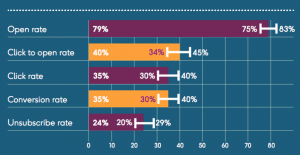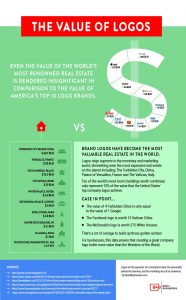Sourcing is fast becoming one of the most critical parts of any company’s recruiting strategy, so the future of sourcing is exciting to say the least…
The best sourcers are constantly looking for new ways to evolve and for many, this article will come as no surprise. In fact, many sourcers may already be employing the key elements of Sourcing 3.0 on a regular basis.
At Beamery, we’re always thinking about where sourcing is headed, so we wanted to share our thoughts on the future of the industry, and what you might need to think about over the coming months.
Sourcing DNA: exploration
Sourcers have always been the recruiting equivalent of explorers.
Instead of setting sail for the New World or trekking to the North Pole though, sourcers scour the net for relevant candidates and contact them about open roles.
It’s an area of recruiting where technical expertise often trumps people skills, and problem solvers thrive. Traditionally, the best sourcers are the ones that can find candidates no one else can.
The journey from exploration to engagement
This exploratory nature of sourcing is changing though.
The tough part of sourcing used to be the search. Once you found a candidate, they were generally amenable to hearing what you had to say.
The search is still hard, but the ever-expanding social web gives the average sourcer plenty of shortcuts when it comes to tracking down relevant candidates.
Candidates are also more socially aware. Most understand the need to maintain an online professional presence, which makes it all to easy for recruiters to tap into online communities and locate qualified talent. Throw in a flock of new extensions and plugins to help you find candidate data and contact information, and you’re all set.
You might not be able to find every possible candidate for a role, but you’ll certainly be able to find enough high quality candidates to make sure you make a great hire.
The real difficulty now often comes with engaging the candidate. Just getting someone to open, read and reply to your message is fast becoming an art form.
Nowadays, candidates are less likely to reply to your message than ever before.
If you really think about it, this isn’t too surprising. The modern world is all about attention. Social giants like Facebook, advertisers, marketers friends, family and recruiters are all competing for candidate attention.
Getting emails from people outside your address book used to be a novelty, now candidates are drowning in them.
For sourcers, who are charged with making first contact with new candidates, to ability to engage passive talent effectively and get responses is crucial.
Sourcing is no longer just about the search, it’s about engagement (the thing that happens when you’ve actually found a candidate).
Moving forward – Sourcing 3.0
In his excellent piece on the development of the sourcing industry in early 2013, Glen Cathey argues that proactive sourcing was finally claiming it’s place as a key strategic function within recruiting departments.
He saw a clear path to Sourcing 2.0. What he describes as a combination of “using more expensive human resources to expertly wield advanced technologies to move and manage unstructured and structured human capital data” and the “selling” that sourcers need to do to convince candidates to leave a role where they may be happy.
There have been plenty of advancements in data mining and big data manipulation over the past few years, but engagement (or “selling”) has been ignored by most organisations until now.
Now though, the best candidates aren’t applying to roles, and aren’t replying to LinkedIn Inmails – there’s a genuine need to think more creatively about how to engage.
Sourcing 2.0 has cemented the importance of proactive sourcing within companies, it’s the role of Sourcing 3.0 to champion engagement, and make it a core part of every talent acquisition strategy.
Final word – what is effective engagement?
“Treat candidates like customers”
Most of us are pretty familiar with the catchy phrase above, but what does it really mean?
Well, aside from the obvious, the idea is for recruiters to re-use or mimic the most effective tactics that marketers and sales teams use to acquire new customers.
Customer acquisition is all about engagement. Companies have to convince prospects that have never heard of their company to buy their product. The process can be slow, and often requires a number of different touchpoints (e.g. social, email, content) before a sale.
The challenge is almost exactly the same for the modern sourcer. They have to effectively sell the benefits of an organization or a role to busy and important candidates, (typically it’s high value candidates that are targeted by sourcers).
By in large, the people that sourcers contact are not looking for a new role. They’re not primed to open recruiter emails and they can spot a generic email template a mile off. As a result, sourcers have to put significant thought into their engagement strategy, and try to connect with every candidate on a personal level.
Not every new relationship will end in a hire or placement, but if you get engagement right you’ll be able to excite the best candidates with your opportunities, as well as reap long term brand and candidate experience benefits.
For those looking for more information, or even tried and tested engagement strategies, this course may be of interest.
*This is all totally different to engaging applicants, who have already registered an interest for a specific role at your company. These people are far easier to engage, so your techniques here shouldn’t change for now.
Business & Finance Articles on Business 2 Community(69)
Report Post




